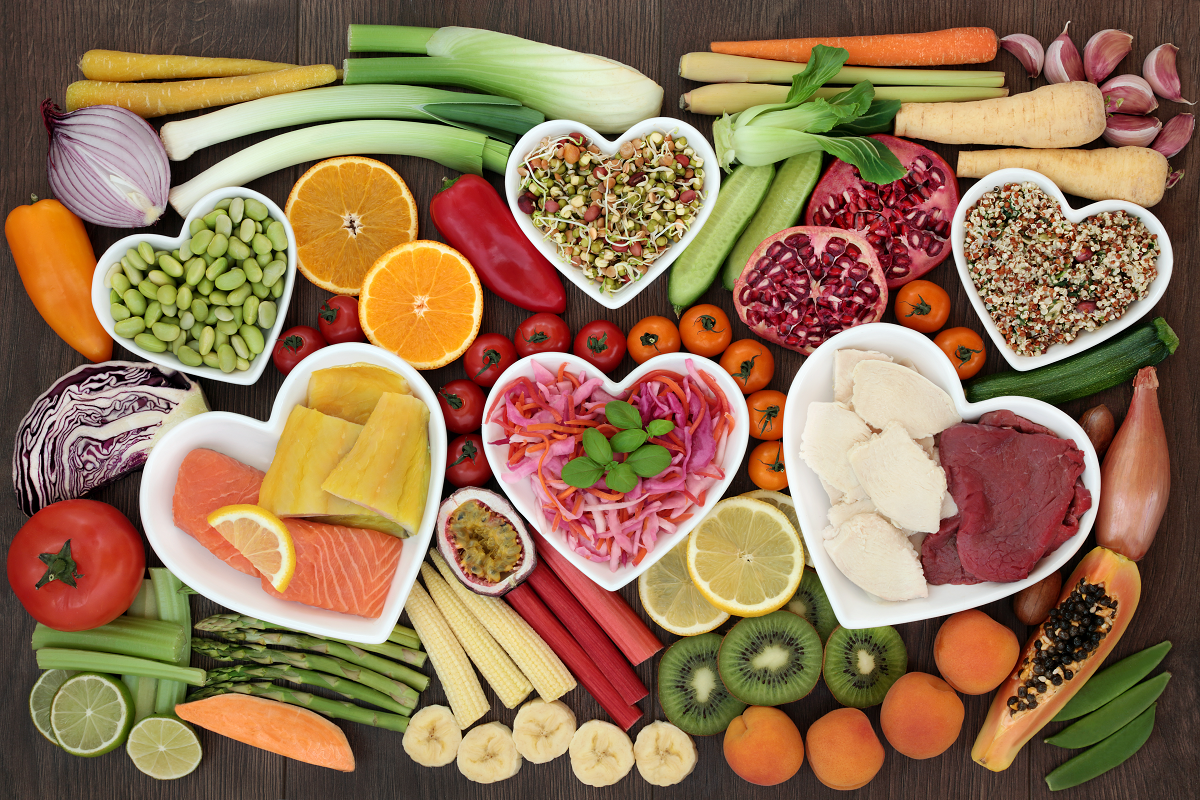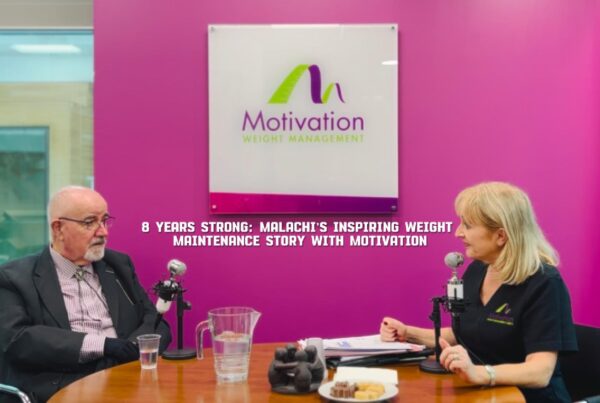
If you think weight loss means serious food deprivation, then I’m sorry to say you’re starting off on the wrong foot. For the best chance of success, it’s important to make food your friend, which could mean transitioning from a very diffficult relationship (based on fear, hate and control) to a healthier one (based on love, trust and respect).
Following a healthy diet doesn’t have to mean eating foods you don’t enjoy, or even starving yourself. Simple things like replacing certain foods with healthier choices, eating the right thing at regular intervals (to avoid dipping blood sugar levels and, thereby, cravings for unhealthy foods), changing the way you prepare and serve food, and treating certain things as special treats (only to be had every now and then) can significantly improve your diet (and weight) without too much sacrifice.
1) Eat Real Food: It’s really that simple – cut out anything that is processed (ie. something that comes in a packet and has gone through a manufacturing process). Instead, go for plant foods that have grown in the ground or on a tree (think vegetables, fruits, lentils and beans), combined with lean animal foods (organic meat and chicken and fish of all kinds) and you’re on the right track. If you’re not sure if something is overly processed or not, a simple rule of thumb is to read the label. The more ingredients it has, the more processed it is. And if sugar comes in the top three ingredients, that’s a big no-no. The only time to break this rule is when you’re having a protein snack as this is a clever way to boost your protein in a convenient way, particularly useful for busy lives. At the same time, you give yourself a food reward of kinds as the protein snacks feel like a treat food, although they are working on a much deeper level than other ‘treat foods’ (ie. low in sugar, high in protein and low in calories).
2) Quit the Guilt: Stop aiming for perfection. Step off the guilt rollercoaster, where you move from eating ‘perfectly’ to having a slip, and then beat yourself up, which often follows with a binge. It’s inevitable that you will slip along the way. Allow yourself to make mistakes and learn from them. Allow yourself to dim down the switch during times of stress or extra challenges, and then push the dial back up when things are easier. We learn from failure. One useful way to approach your day is to break it into three or four segments. If you mess up one segment, relax – it’s one segment! Then, at the next eating occasion/segment, aim to make the healthy choice.
I recommend a brilliant podcast called ‘How to Fail’ by Elizabeth Day. Why not have a listen to our Assist Podcast on how to deal with a slip and restart without the guilt. We see clients learn to change their natural habit of feeling guilt by working with the tools we give them. This all starts with firstly assessing if you are someone who suffer from guilt or not. This can be done by consulting your mental weight report. Download the free ebook on mental weight here.
3) Enjoy your Food: How are you going to keep going along this journey if you’re not enjoying your food? It’s common sense. When consulting, I always become a bit concerned when someone’s food diary is suddenly really bland, or if they insist they can’t go out for dinner. On the opposite end of the scale, we have clients who continue going out to restaurants and who cook delicious meals. Those individuals invariably tend to see their weight loss through to goal. These people see food as a source of pleasure and can enjoy it, as well as other things that help them feel good. They start to realise, early on, that going out for a meal is really about connecting with others, rather than about the food. So go out for dinner and enjoy it – just make better choices. And don’t skip your favourite foods – just prepare them differently. Instead of carbs with dinner, try cauliflower rice or courgetti ‘pasta’. For a pizza base, try a wrap instead.
4) Reconnect with your Appetite: you may have spent years disconnected from it. You used to starve yourself for hours, only to gorge later on. Second helpings were a habit, and you had no concept of the importance of balancing blood sugar. Now it’s time to actually listen to and feel the signals (i.e. hunger/satiation). It’s time to be able to distinguish physical hunger from emotional hunger. Eating in the Motivation way means that you are rarely hungry or, if you are, it’s a real (rather than emotional) hunger. We teach you to see the difference and we give you the tools to help you assess which type of hunger you are experiencing. As a consequence, you learn to trust your body more and to see food and appetite as natural friends, rather than foes.
5) Develop an Attitude of Gratitude: try to shift your perspective. For years you have relied on food – often junk food or high sugar foods. You obsessed about food almost every minute of every day. Now you are eating healthier foods if you are on the Motivation programme. And it is a relatively straightforward programme – there is nothing complicated about it. By following it, you become aware of, and grateful for, how food nourishes and takes care of you. You enjoy the simple pleasure of eating and savour your food – small, regular amounts of foods containing protein, along with vegetables, some fruits and small servings of wholegrains. These foods provide your body with everything it needs to stay alive and to function and thrive. This allows you to give the best to yourself, your family, friends and colleagues. It nourishes you, not only physically, but also mentally, emotionally and spiritually. So treat your food well. Choose it carefully, prepare it with love, do not waste it and eat it consciously, mindfully and slowly. Because you definitely are worth it!
Check out the TedX Talk by Jolene Cox on how to develop a healthier relationship with food.



